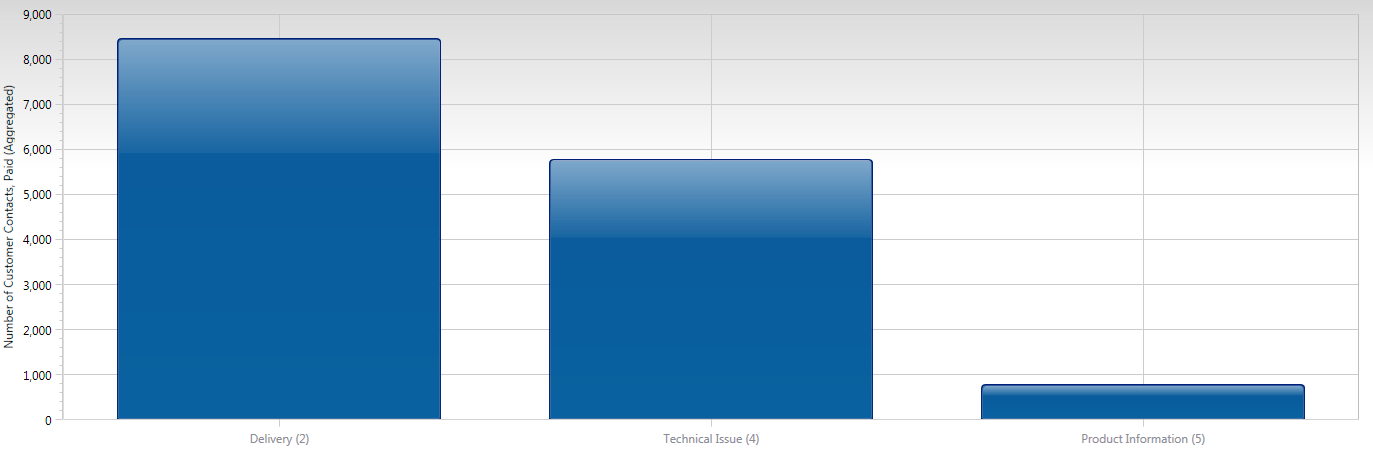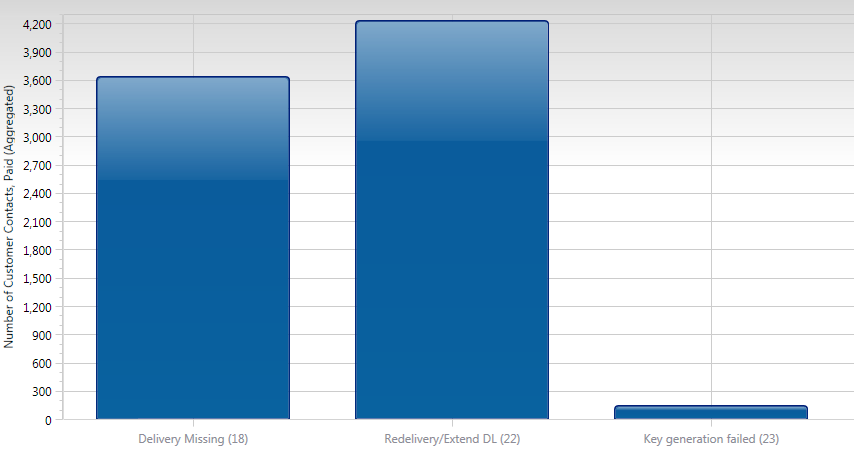Business intelligence (BI) is a system of goals, processes, and software applications that lead to better business decisions. Growing your business requires the development of a BI system that helps you manage and optimize organizational, departmental, and individual performances.
In the era of “big data“, business are generating loads of data. Attempting to sift through all this information and gain insight into your business performance can often lead to an overwhelming sense of confusion. A business that properly manages its data, however, can leverage this information glut into a powerful decision making tool. An important way to accomplish this goal is through business intelligence.
Remember that you cannot simply rely on a tool like Google Analytics to support your BI needs. Analytics should certainly make up a part of your overall BI structure. However, there are important pieces of information that analytics cannot provide. For those cases (which we demonstrate later in this post), you must incorporate a BI solution to drive improvements in your business.
Without a BI system, your business is like a jigsaw puzzle, only you don’t have the box with the full picture on it and you don’t know how many pieces are missing. If you are a high level decision maker, not having that big picture in place can have serious consequences. If your company is experiencing negative trends in any segment of the business, you want to be able to make quick, informed decisions that reverse those trends.
In order to make good decisions, you need consolidated, up to date data. Further, you want data that can be easily visualized without having to pore over hundreds of spreadsheets. A well thought out business intelligence strategy fulfills these needs.
Business requirements vs. IT requirements
Michael Smith is a member of the IBM Business Analytics market strategy team. During a Focus Event about business intelligence, he stated that one of the key questions to ask before implementing a BI solution is “What information do I need to make my business run better?”
Before you send your IT department scrambling to build an in-house solution or use an open source solution, and before you consider hiring a BI specialist, you must first understand and define the most important metrics of your business. Keep in mind that your overall business success is tied to every aspect of your business.
Where your sales team’s success is dependent on revenue, your customer service team’s success lies in satisfaction. A sales team that generates lots of revenue is great, but if your customer service department is alienating customers, you have an opportunity to take action and improve performance. The metrics that define success in these areas are quite different, so when developing a BI solution, make sure that you have access to all relevant data.
Avoid developing a system that needs to be overhauled in the future by defining key performance indicators (KPIs) first. If your business strategy is prioritized, you can define your needs and foresee exactly what kind of technology requirements should be incorporated into your BI system.
But can’t Google Analytics tell me how successful my business is?
Google Analytics provides a clean visualization of your website traffic, but it cannot track activity occurring outside of your site. Imagine a situation where both your customer contact and refund rate (data that Google does not handle very intuitively) are steadily increasing, and the alarm bells are frantically ringing. There is no way for Google Analytics to supply an answer to the question of “Why are my customer contacts increasing?”
With a BI system aligned to a strong business strategy you can simply ask, “Why are these customers calling and writing?”, and a simple dashboard display informs you how many customers are contacting you and for what reason (see Figure 1).

Furthermore, a good BI solution will be able to drill down to further details. In Figure 2, we drill down into the delivery category to establish what specific delivery concerns the customers had. Without a consolidated data source that answers these questions, there’s no way to identify the problem and fix it.

Keystone
Approach BI solutions primarily from a business-centric perspective and not an IT one. Business intelligence leads to better business decisions, but only if your BI system is aligned with a sound business strategy and clearly defined measurable goals.